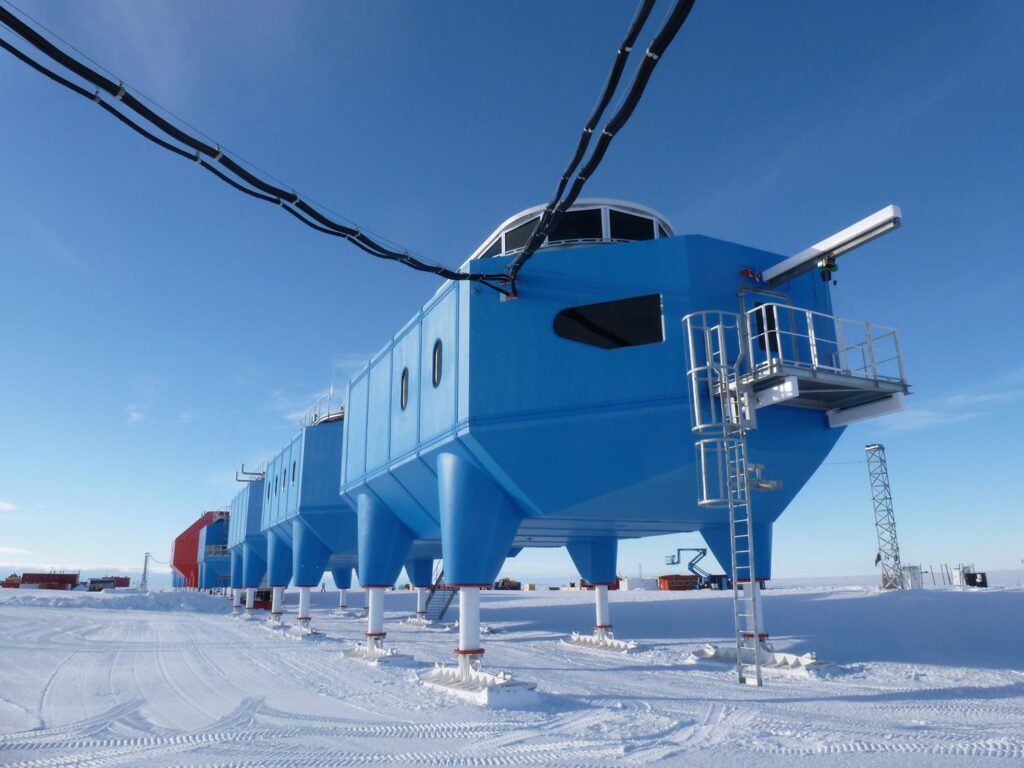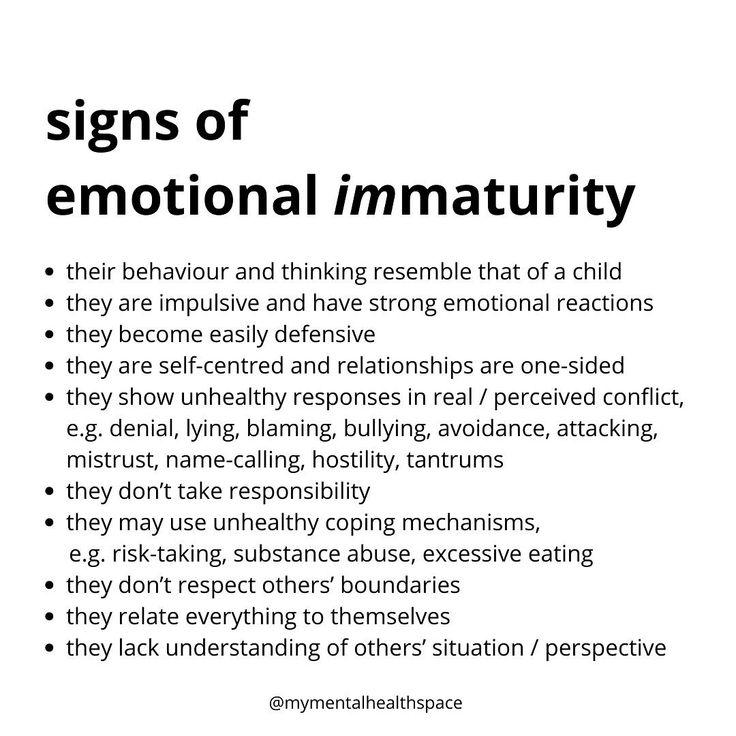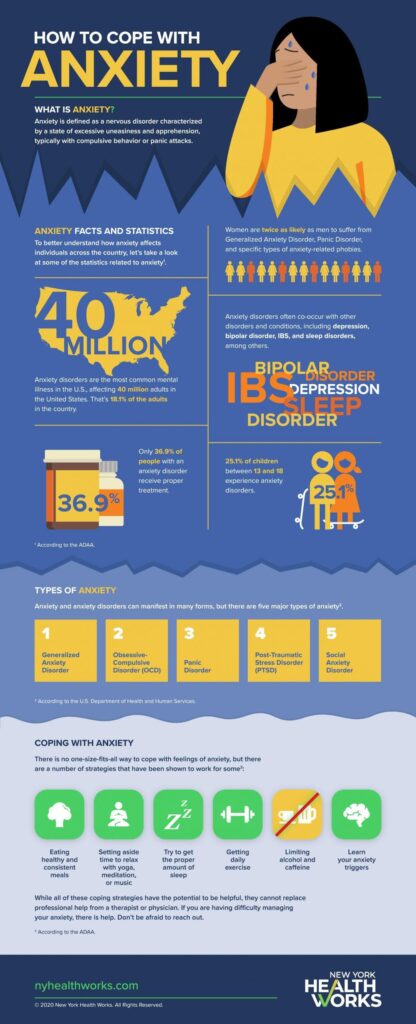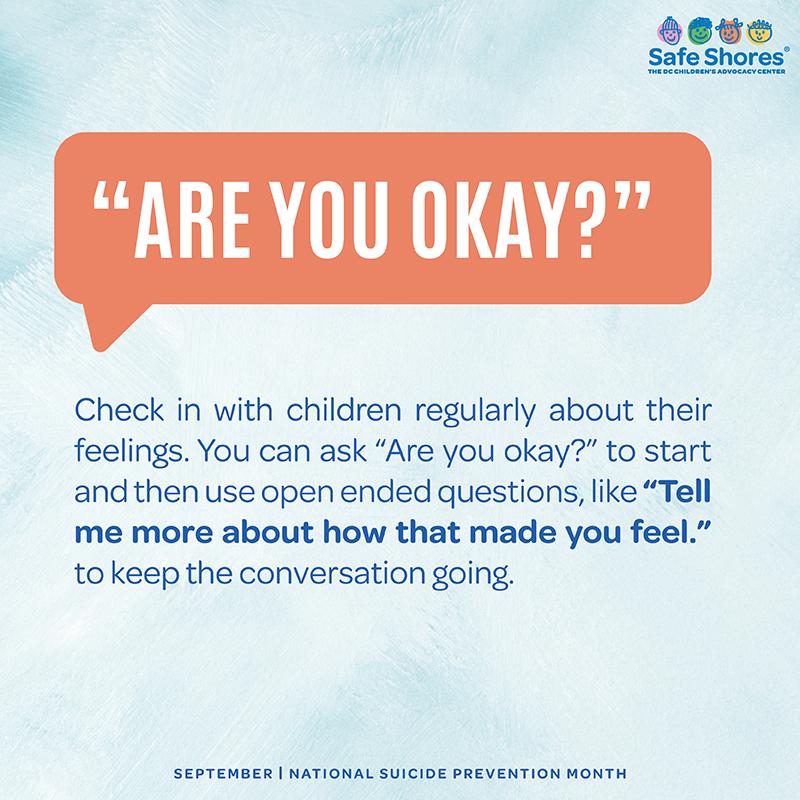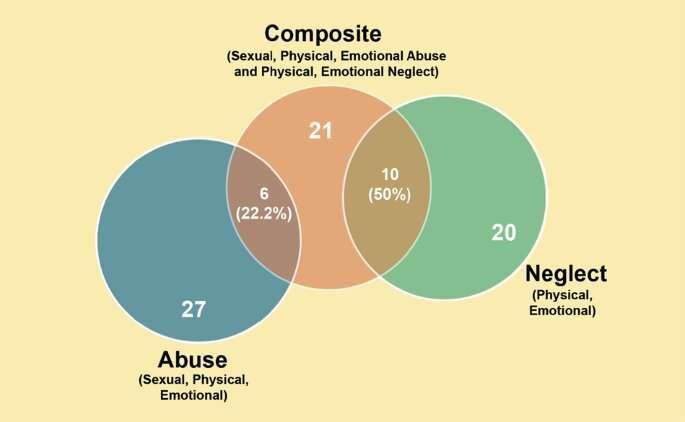In the shadows of Nashville’s quiet morning, a chilling narrative unfolded that would once again thrust the complex tapestry of American gun violence into stark relief. The Covenant School shooting—a tragedy that claimed six innocent lives—emerged not from personal vendetta, but from a disturbing psychological landscape where infamy trumped human compassion. This is a story of calculated destruction, where the perpetrator’s deepest motivation was not revenge, but a cold, calculated desire to etch their name into the dark annals of national tragedy. In the haunting aftermath of the tragic event at The Covenant School,emerging details reveal a deeply disturbing narrative of a shooter driven not by personal vendettas,but by an insatiable desire for infamy.The perpetrator’s complex psychological profile suggests a calculated pursuit of notoriety that transcended individual grudges or targeted revenge.
Forensic analysis and investigative reports indicate that the shooter’s motivations were rooted in a performative quest for widespread recognition, rather than specific interpersonal conflicts. This chilling revelation underscores a growing societal phenomenon where individuals seek validation through extreme acts of violence, transforming tragic moments into platforms for their perceived meaning.
Psychological experts have long warned about the perilous intersection of mental health challenges and a culture that inadvertently amplifies violent actors through extensive media coverage. The shooter’s meticulously planned attack appears to reflect a calculated attempt to secure a lasting, albeit notorious, place in public consciousness.
Detailed examinations of digital footprints and personal documentation suggest a premeditated approach to the attack, with careful consideration given to maximizing potential media impact. The absence of specific interpersonal grievances against the victims highlights a more systemic issue of alienation and a desperate need for recognition.
Law enforcement investigations have uncovered intricate planning that went beyond typical revenge scenarios, pointing to a broader psychological landscape where personal significance is sought through shocking and violent means. The shooter’s preparatory actions indicated a calculated approach to creating maximum public impact.
This incident raises critical questions about societal mechanisms that might inadvertently create environments where individuals perceive extreme violence as a pathway to significance. Mental health professionals emphasize the importance of early intervention, support systems, and reducing the potential glorification of violent actors.
The tragedy at The Covenant School serves as a stark reminder of the complex psychological dynamics underlying such devastating events. It challenges simplistic narratives of personal vendettas and highlights the intricate interplay between individual mental states and broader societal pressures.As communities grapple with understanding and preventing such incidents, the focus must remain on comprehensive approaches that address underlying psychological vulnerabilities, promote mental health support, and create environments that offer option paths to personal recognition and significance.
The investigation continues to unravel the intricate motivations behind this devastating event, offering potential insights into prevention strategies and understanding the complex psychological landscapes that can lead to such tragic outcomes.



